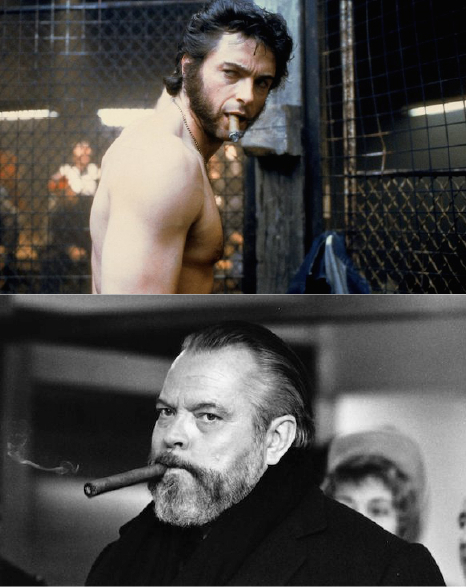As Ooligan Press gears up to launch its first academic journal, C47: A Film Journal, with the help of the PSU English department, some of us here at the press are thinking more thoroughly about the connection between publishing and cinema—and one of the first things that comes to mind is that elusive cash cow, the book-to-film adaptation.
Today’s film adaptation landscape is dominated by jumbo-budget serial productions from Big Five publishers—Random House et al—and other media juggernauts, especially comics publishers like Marvel Entertainment. But it’s worth noting that nearly 100 years before today’s novel- and comics-fueled blockbusters, one publisher tried to create successful films from those very same genres.
As founder and chair of the mega-media conglomerate Hearst Corporation, William Randolph Hearst was one of the first publishers to launch a film production company. In 1915, following on his previous year’s successful newsreel syndicate, International Picture Service, Hearst founded the International Film Service (IFS), an animation studio intended to transform various Hearst Corporation funnies into “living comic strips”—animated films generally less than five minutes long.
The public perceived Hearst as a king of sensational journalism, so it seems like a natural move for him to found an animation company and further contribute to the sensationalism and spectacle that made him a tycoon. However, after high costs incurred while producing numerous episodes for eleven titles—including one adaptation of comics’ most famous non-lasagna-obsessed cat, Krazy Kat—the studio was effectively doomed when Hearst fired its entire staff in 1918 to recoup revenue lost from his indirect support of the German World War I effort.
Imploding IFS seemed to buoy Hearst’s pockets, and later that same year, Hearst founded Cosmopolitan Productions with the righteously named Adolph Zukor, founder and then-president of Paramount Pictures. Similar to his plans for IFS, Hearst wanted Cosmopolitan Productions to adapt source material from his sizable media holdings, including the most popular stories from Cosmopolitan magazine, Good Housekeeping, and Harper’s Bazaar. Although Hearst parted ways with Paramount in 1923, Cosmopolitan Productions went on to produce a total of eighty-seven films before folding in 1939—the same year that two larger-than-life book-to-film adaptations, Gone with the Wind and The Wizard of Oz, swept through American cinemas hotter than a trans–Georgia-Kansas wildfire. At that point, Hearst was effectively finished with film, with a minor coda coming two years later, when he waged vicious legal and journalistic smear campaigns to unsuccessfully stop the release of a film based on his life story, Orson Welles’s Citizen Kane.
Barring technical limitations on film and animation production in the early twentieth century, perhaps Hearst’s film companies didn’t find towering success with comics and popular fiction—success like today’s Marvel- and Random House-sourced adaptations enjoy—because his adaptations focused on material with short-term appeal. Although Hearst was smart to capitalize on serializable material, the limitations of early animation technology kept International Film Service from transforming Krazy Kat into a long-length, high-quality animated series. Likewise, perhaps Hearst would’ve achieved greater films if Cosmopolitan Productions had focused on adapting serial novels instead of serialized sources.
Although Ooligan Press has yet to wade into the adaptation biz, one of our reprints, Ricochet River, was adapted into a 1998 film starring a young Kate Hudson and that kid from the Free Willy movies. However, with dynamic contemporary stories like The Wax Bullet War and Forgive Me If I’ve Told You This Before coming out regularly, it won’t be long before you’ll see “Original novel available from Ooligan Press” somewhere in the credits of a Hollywood-produced flick.

